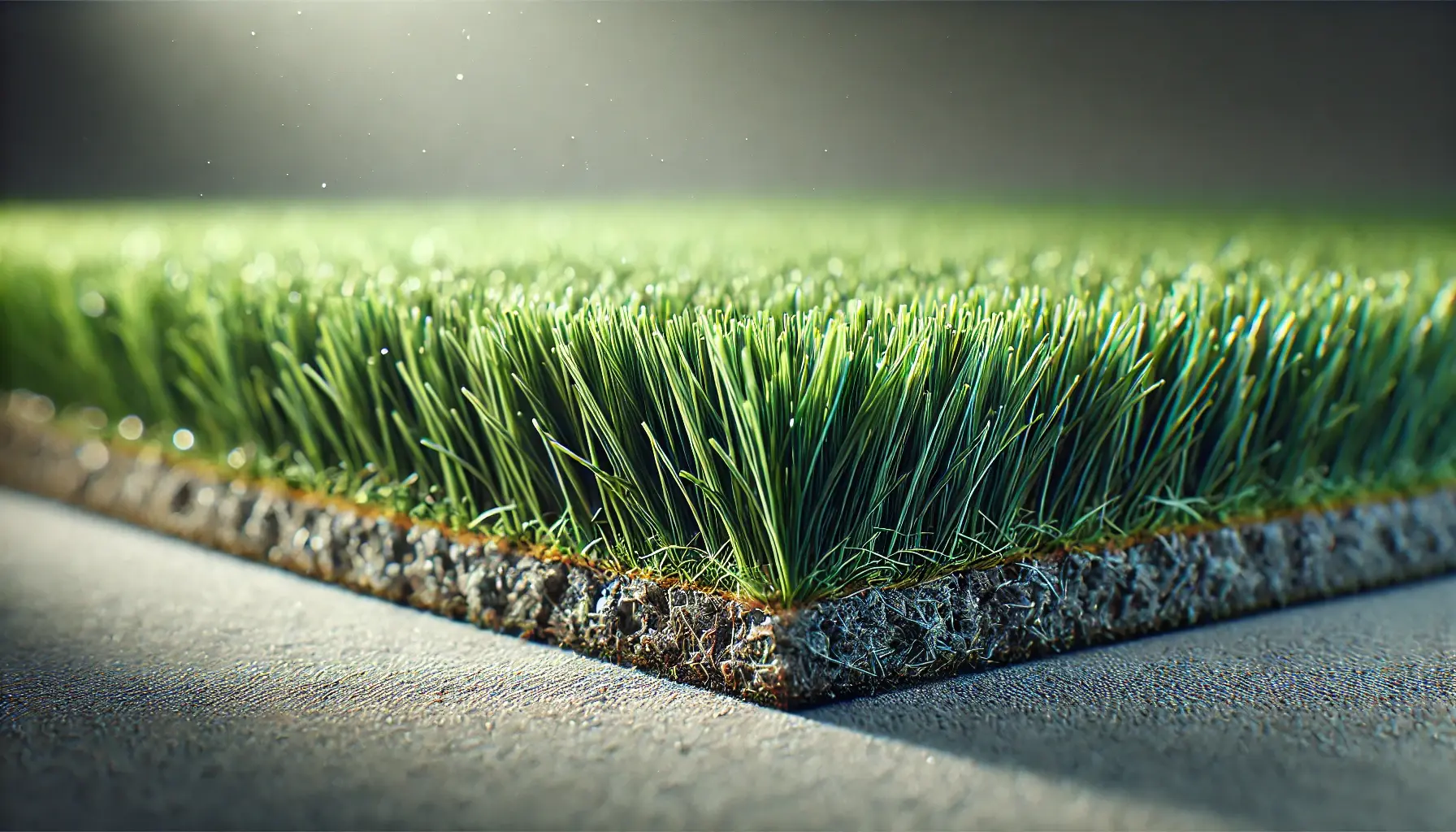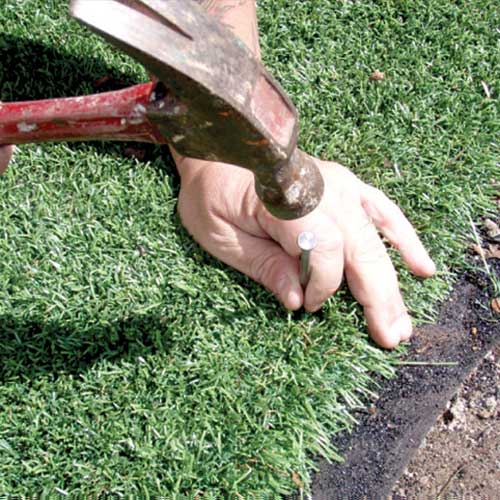Choose the Top Artificial Turf Companies Phoenix for Your House or Commercial Space
See Why Homeowners Prefer Artificial Lawn for Lasting Landscape Design Practices
As property owners increasingly prioritize sustainability in landscape design, synthetic grass has actually emerged as an engaging alternative to conventional yard. What remains to be checked out is the complete scope of benefits that fabricated turf can use to home owners and the environment alike.
Water Preservation Conveniences
One of the most considerable benefits of artificial grass is its function in water conservation. Conventional lawn yards require substantial amounts of water to preserve their lavish look, typically causing overuse of neighborhood water resources, especially in arid regions. In comparison, man-made lawn removes this need entirely, as it does not require irrigation. This not only conserves water however likewise minimizes the stress on metropolitan water supply, specifically throughout dry spell problems.
Furthermore, the installation of artificial turf can contribute to an extra lasting landscape. Home owners can dramatically decrease their water expenses, enabling for reallocation of resources to other ecological campaigns or family uses. Additionally, artificial lawn is made to hold up against different climatic conditions without the demand for extra watering, making it a suitable option for regions encountering water shortage.
The environmental advantages expand beyond immediate water financial savings. By minimizing water consumption, synthetic grass assists to mitigate the impacts of environment modification, preserving essential ecological communities that are endangered by excessive water removal. As sustainable landscaping methods gain grip, synthetic grass becomes a responsible option for property owners seeking to create environment-friendly outside rooms.
Decreased Maintenance Initiatives
Synthetic grass dramatically minimizes maintenance initiatives compared to standard grass yards. With artificial lawn, homeowners can get rid of the taxing tasks connected with all-natural landscaping, such as mowing, feeding, and weeding. This not just saves useful time yet also minimizes physical labor, making grass care easily accessible for individuals of all ages.
Typical grass call for frequent cutting to keep an aesthetically pleasing height, whereas artificial turf remains consistently lush without the need for cutting. Additionally, homeowners no much longer need to use fertilizers or pesticides, which are often required to keep all-natural grass healthy and balanced.
In addition, fabricated lawn is long lasting and durable, requiring minimal maintenance past occasional brushing and washing to eliminate debris. This ease of upkeep enables property owners to enjoy their exterior areas without the continuous worry of upkeep, providing even more time for leisure and family members activities. Ultimately, the lowered upkeep efforts related to man-made lawn make it an enticing choice for those looking for a low-maintenance, aesthetically appealing landscape.

Environmental Influence Decrease
There is a growing recognition of the environmental benefits connected with synthetic grass, especially in terms of water preservation and lowered chemical use. Traditional lawns require considerable amounts of water, particularly in drought-prone regions, bring about raised pressure on neighborhood water sources. In contrast, artificial turf eliminates the need for irrigation, significantly decreasing water usage and promoting sustainability.
Additionally, conventional lawn upkeep often involves the application of plant foods, herbicides, and chemicals, which can add to dirt and water contamination. Synthetic turf mitigates this ecological danger by needing very little upkeep and basically removing the requirement for hazardous chemicals. This not only boosts dirt health but additionally secures local ecosystems from poisonous overflow.
Furthermore, the manufacturing of all-natural turf yards normally includes the usage of nonrenewable fuel sources for mowing and landscape design devices, further adding to greenhouse gas emissions. By picking synthetic grass, home owners can substantially lower their carbon impact associated with grass care tasks.
Aesthetic Allure and Flexibility
Along with its environmental advantages, fabricated turf uses substantial visual appeal and adaptability for landscape design. Property owners can accomplish a lavish, environment-friendly appearance year-round, getting rid of the seasonal variations generally connected with natural lawn. This regular visual not only enhances the Learn More visual allure of a property but likewise adds to a sleek and properly maintained look.
Furthermore, synthetic grass is offered in a selection of appearances, designs, and shades, permitting for modification to match private choices and style styles - Arizona artificial turf. Whether made use of in property yards, industrial spaces, or recreational areas, it can flawlessly incorporate right into diverse landscaping layouts, from modern-day minimal to rich tropical setups
The adaptability of synthetic grass extends past simple appearance; it can be installed in numerous places, including roofs, patio areas, and even indoor rooms, producing opportunities for unique landscape design options. Additionally, it appropriates for a variety of activities, from youngsters's backyard to pet-friendly environments, giving performance without compromising design.
Eventually, the visual charm and versatility of synthetic grass make it an eye-catching choice for homeowners looking for sustainable landscape design services that do not give up charm for ecological obligation.

Long-Term Cost Cost Savings
One of the most engaging benefits of synthetic turf is its possibility for long-lasting expense savings. Unlike all-natural turf, which requires normal upkeep-- including mowing, watering, feeding, and bug control-- synthetic turf dramatically minimizes these ongoing expenditures.
Furthermore, synthetic grass has a life expectancy of 15 to 25 years, depending on its top quality and usage. This resilience minimizes substitute costs, making it an extra economical selection in the long run. The first investment in fabricated turf can usually be recouped via the savings accumulated over time.
While the ahead of time cost might appear higher contrasted to turf setup, the collective savings from minimized upkeep and water usage frequently exceed these first expenses. Eventually, the fostering of synthetic grass not only advertises a lasting landscaping service yet additionally offers homeowners an economically wise alternative that straightens with long-lasting budgeting objectives.
Final Thought
Artificial lawn arises as an engaging choice for their website sustainable landscape design, supplying considerable advantages in water conservation, lowered upkeep efforts, and diminished ecological effect. As neighborhoods increasingly focus on ecologically friendly techniques, the fostering of synthetic turf stands for a modern step towards accomplishing durable and sustainable landscapes.
In addition, synthetic turf is created to endure various climatic problems without the need for extra watering, making it a suitable choice for areas dealing with water scarcity. (Arizona artificial turf)

Artificial lawn arises as a compelling option for lasting landscape design, using significant advantages in water preservation, minimized maintenance initiatives, and lessened environmental impact.